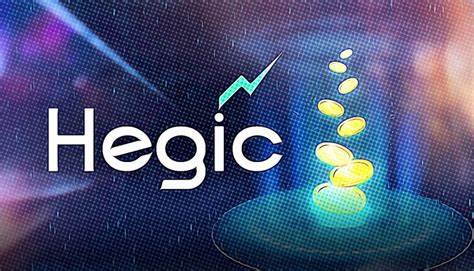ARTICLE AD BOX

- More than 51.2% of Ethereum validators backed raising the gas limit, allowing faster transactions and lower fees without a hard fork.
- The first gas limit increase under proof-of-stake, surpassing 33 million, shows Ethereum’s shift toward higher scalability and efficiency.
More than half of Ethereum validators have now backed an increase in the network’s gas limit, a move set to enhance transaction processing capacity. As of February 4, Gaslimit.pics, a platform tracking validator sentiment, reported that 52% of validators supported the adjustment, surpassing the required threshold for consensus.
 Source: Ycharts
Source: YchartsThe gas limit determines the maximum computational effort allowed per block, influencing how many transactions can be processed at once. With this increase, Ethereum could see faster transactions and lower fees, benefiting frequent users of the network. Unlike previous upgrades, this change does not require a hard fork, as validators can adjust configurations directly.
Ethereum’s average gas limit has remained around 30 million since August 2021, when it was raised from 15 million. However, data from Blockscout indicates that a transaction processed around 3 a.m. UTC on February 4 showed a gas limit exceeding 33 million, signaling that the adjustment is already taking effect.
First Gas Limit Increase Under Proof-of-Stake
This is the first gas limit expansion since Ethereum transitioned to proof-of-stake (PoS) in September 2022 with the Merge upgrade. Crypto commentator Evan Van Ness noted on February 4 that coordinating the increase under PoS took longer than under proof-of-work (PoW).
49.5% of Ethereum blocks are signalling for a gas limit increase
This will be the first increase under proof of stake. Because PoS is so much more decentralized than obsolete tech like PoW, it took longer to coordinate
Who will be the hero to put us over the top? pic.twitter.com/bZclQ301Vf
— Evan Van Ness  (@evan_van_ness) February 4, 2025
(@evan_van_ness) February 4, 2025
Gas in Ethereum refers to the computational effort required to process transactions and smart contracts. Each block has a gas limit, determining how much computation can be executed at once. Increasing this limit allows more transactions per block, reducing congestion and accelerating processing speeds.
For traders and developers, this change could lead to lower fees and a more efficient experience. However, larger block sizes could increase computational demands on nodes, potentially requiring more advanced hardware. This could impact network decentralization, as smaller validators may struggle to keep up with rising hardware requirements.
Vitalik Buterin Eyes Next Upgrade
Following the successful vote on the gas limit, Ethereum co-founder Vitalik Buterin is now pushing for the Pectra fork, which is expected in March. This upgrade aims to increase the blob target from three to six, further scaling Ethereum’s capacity. Like the gas limit change, Pectra will be decided by validators using the same mechanism.
L1 is scaling.
A big shoutout to all the developers working on EIP-4444 (history expiry), statelessness (see the new binary tree EIP! https://t.co/ajKpF66BKw ), client efficiency upgrades, and other features that will make higher L1 gas limits decentralization-friendly. https://t.co/DNsHPAhiia
— vitalik.eth (@VitalikButerin) February 4, 2025
Buterin stressed that Ethereum can evolve with technological advancements without relying on hard forks. He highlighted how the system ensures adaptive capacity increases in response to innovation.
“IMO we should make the blob target also staker-voted, so that it can increase in respose to technology improvements without waiting for hard forks,” said Butterin.
The decision to raise the gas limit followed intense debates within the Ethereum community. Some proponents argued that pushing the limit to 36 million would enhance layer-1 scalability and drive innovation. While risks remain, especially concerning node requirements, the majority of validators have signaled confidence in the network’s ability to handle the increase.
.png)
 2 hours ago
3
2 hours ago
3








 English (US)
English (US)